Planet Venus | Cool Fun Facts about the Morning Star
Venus - The Brightest 'Star' in the Night Sky!
The planet Venus is sometimes referred to as Earth’s sister planet due to the striking similarities in the shape, size, distance from the Sun, mass and bulk composition, but it’s drastically different in other respects such as atmosphere and surface environment. Read on to learn more about this fascinating world!
Venus’ Importance in Human Culture
- Affectionately referred to by ancient civilizations as ‘The Morning Star’ and ‘The Evening Star’, it was until recently assumed that these were different planets instead of one.
- Subjects like astrology, mythology and fiction give a lot of importance to Venus in the night sky due to its bright and attractive appearance. With the invention of the telescope, it brought about the idea that Venus may actually be an inhabitable world which became popular among science fiction writers.
- It is said that 'Women are from Venus, and Men are from Mars’ because Venus is the only planet to be named after a female - the Roman Goddess of love and beauty! Hence the phrase 'all women are from Venus.’
- The invention of the telescope made it possible to study Venus and it was the Italian physicist, Galileo, who was the first to state that the planet Venus shows phases like that of the moon and hence orbits the Sun closer than the Earth.
Interesting Hot Facts!
- Venus is the second largest of the four terrestrial planets and one of the inferior planets along with Mercury.
- After the Sun and Earth’s Moon, Venus is the brightest object in the sky and is often mistaken to be a star. Its brightness is partly because it’s the second planet from the Sun, partly because of its reflective atmosphere, but also because it’s the closest planet to Earth.
- Being one of two planets that orbit closer to the Sun than the Earth, this means it never strays far from the Sun in the sky. So if you want to see Venus, look to the skies near where the sun sets, or rises, during twilight!
- It is one of only two planets in the solar system not to have any natural satellites (moons) orbiting it - the other is of course Mercury.
- It is the only planet in the solar system which rotates clockwise, meaning if you could see the Sun from the surface; it would rise in the West & set in the East. Scientist still don’t fully understand why this is!
- Vesto Slipher, an American astronomer, tried to study the rotation of Venus, but could not detect any. He later reached the conclusion that Venus takes a very long time to rotate on its axis. He was right! One Venus day is equal to 243 Earth days, whereas one Venus year is equal to 225 days. So a day on Venus is longer than its year! Crazy isn't?!
- Venus has a very weak magnetic field, and hence it’s believed not to have a solid inner core.
- The transit of Venus across the face of the Sun is keenly anticipated and observed by astronomers, but they only happen in pairs every 120 years or so. I’m sorry to say you’ll have to wait until December 2117 to see the next one! How old will you be then?
- Though it is known as Earth’s sister planet, it does not resemble the Earth’s atmosphere in any way. The atmospheric pressure on Venus is 92 times higher than that of Earth and is made up of 96.5% carbon dioxide with dense clouds of sulfuric acid covering the planet. You would not last long if you were there!
- With an average surface temperature of over 460 °C (860 F) makes Venus the hottest planet in the solar system and impossible for water-based life to exist.
- It was only with the help of the spectroscopic, radar and ultraviolet observations from Earth, and on-orbit around Venus, that the planet revealed its true form; a world covered with volcanoes, lava and young impact craters.
- Venus is has a relatively small amount of impact craters on its surface, indicating that the planets entire surface must have been resurfaced between 300 – 600 million years ago, probably by global volcanism! Wow!
Spacecraft Exploration, Past Present And Future
- The world’s very first successful interplanetary mission was the NASA exploration probe Mariner II. It came within 34,833 km (21,644 miles) of Venus’ atmosphere gathering data during its flyby.
- The Soviet Union in 1975 and 1982 managed to land probes on the surface as part of the Venera program (Venera 9, 10, 13 & 14) and they survived the hellish environment long enough to send back photos!
- The first interplanetary mission to be launched from the Space Shuttle was the Magellan orbiter which successfully penetrated the thick atmosphere to map the Venusian surface.
- Venus Express, a successful orbiter of Venus entered orbit in 2006 and sent back atmospheric data for nearly 8 years!
- In 2016 NASA announced it was planning to land a rover on the surface, called the Automaton Rover for Extreme Environments. I can’t wait to see what it discovers!
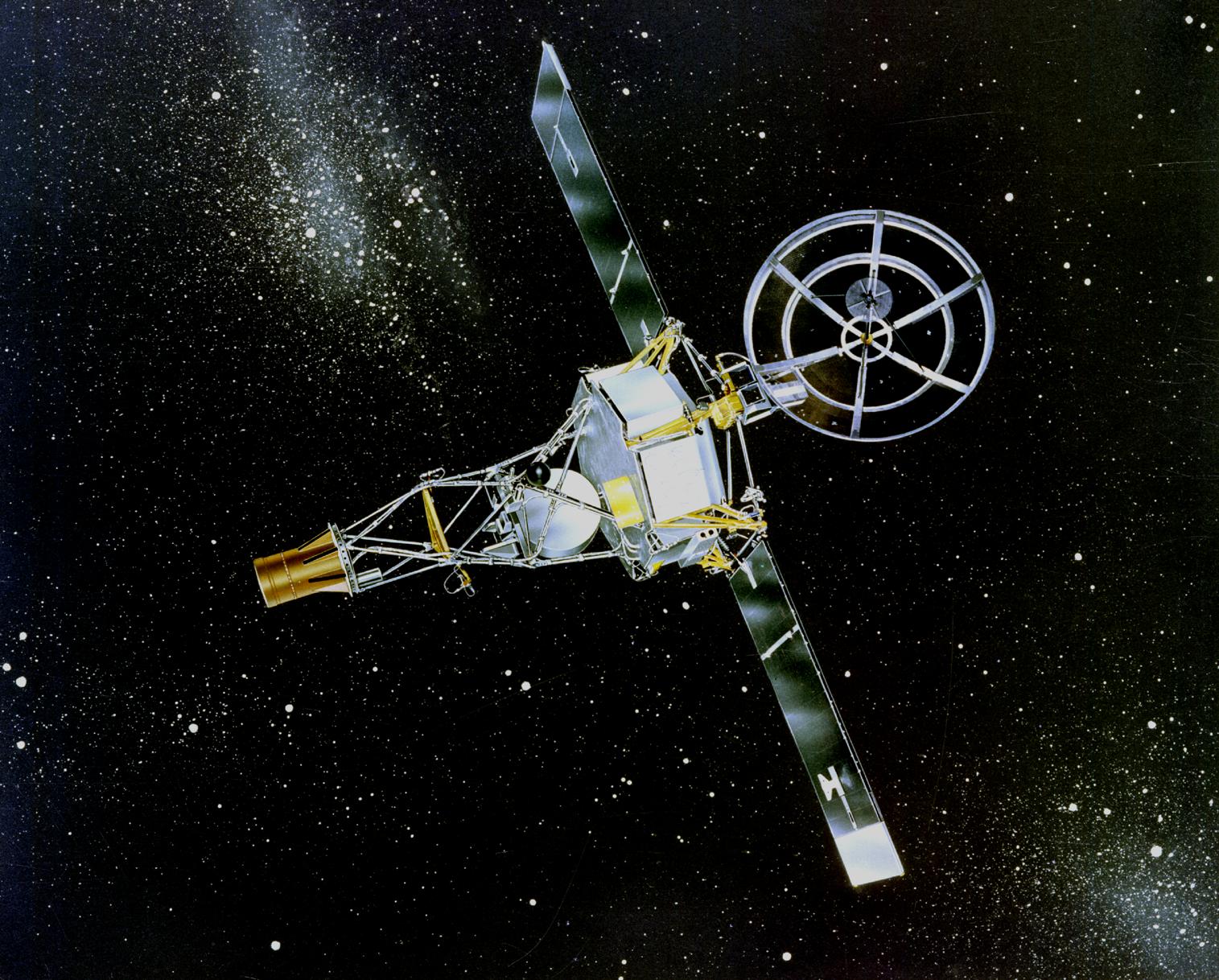
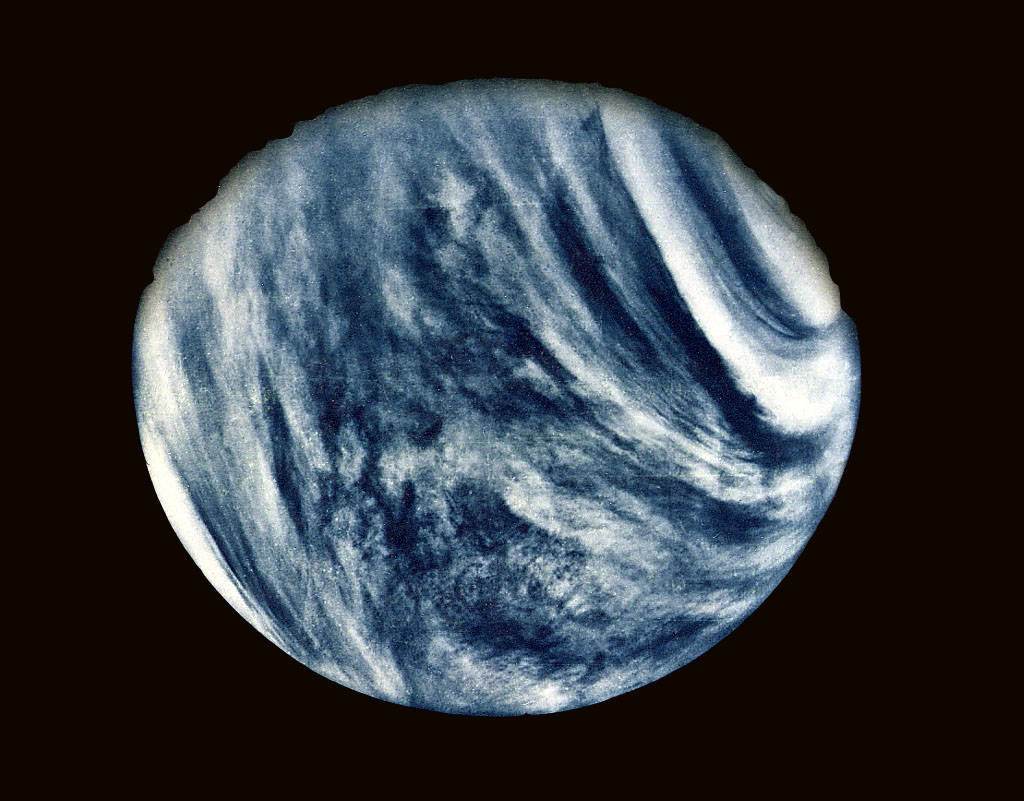
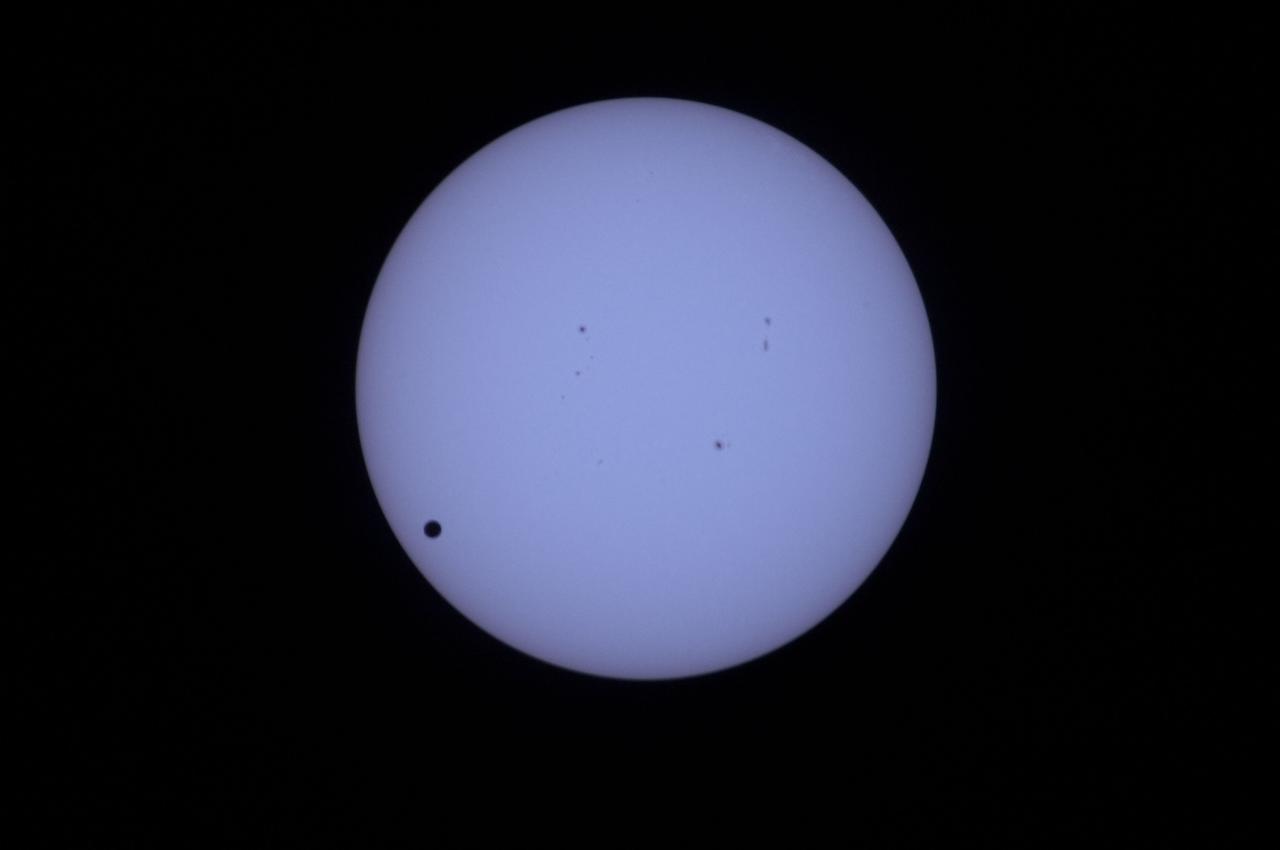
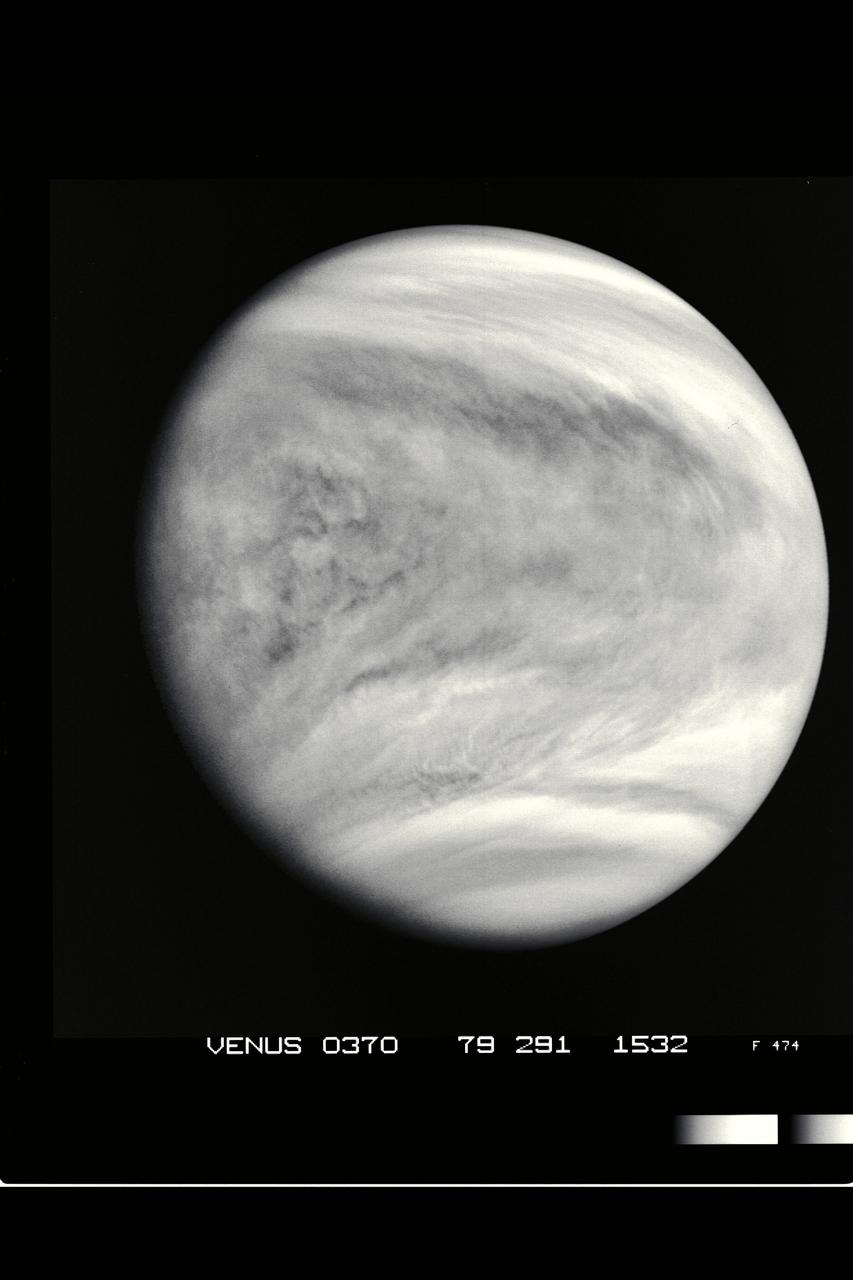
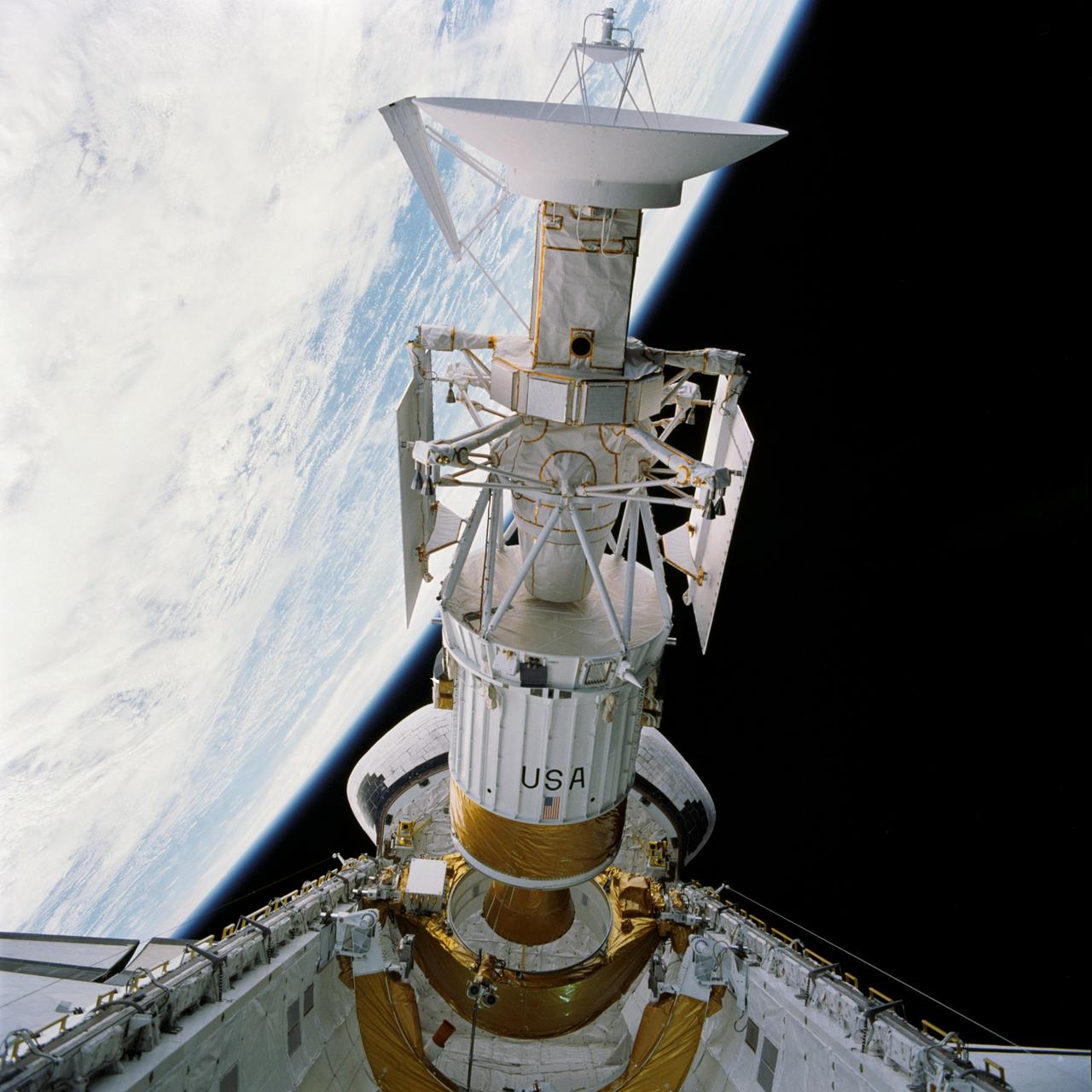
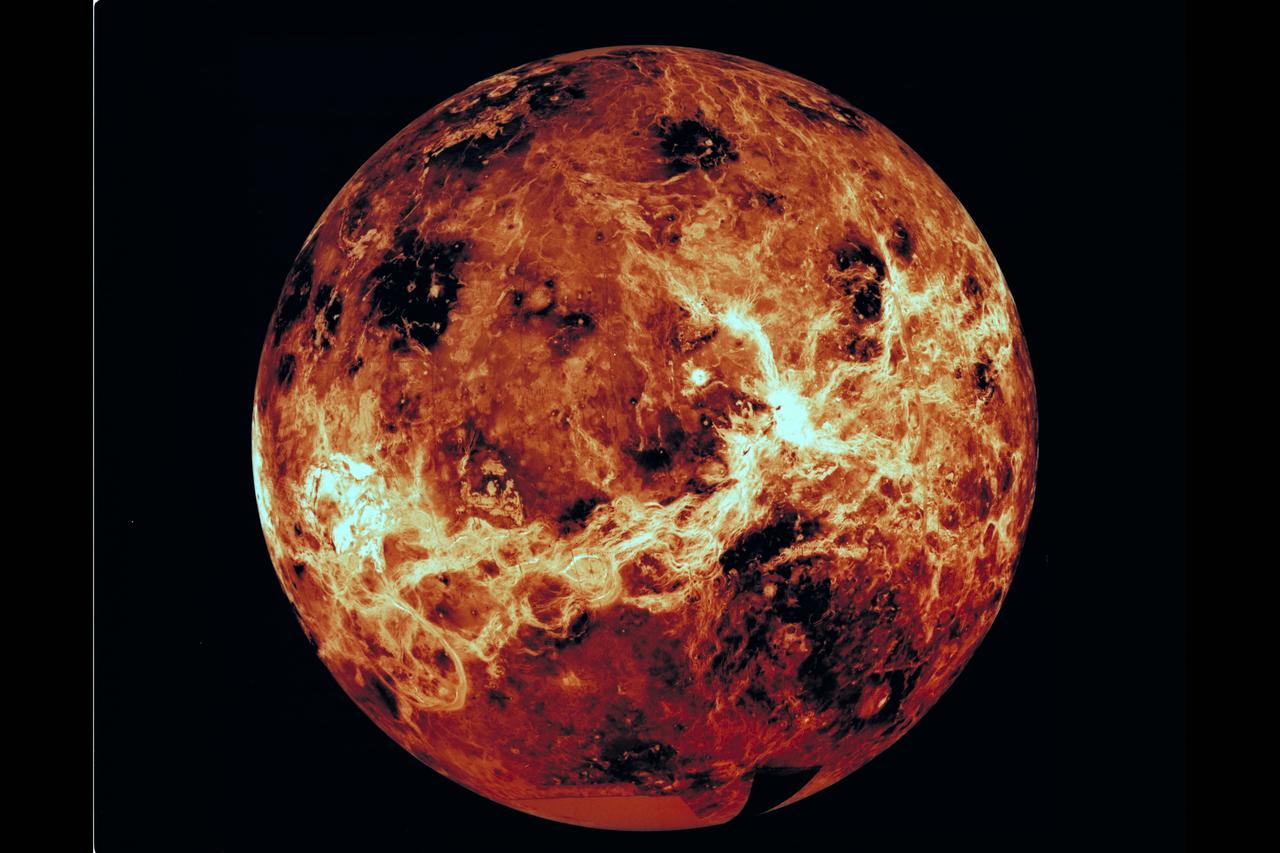
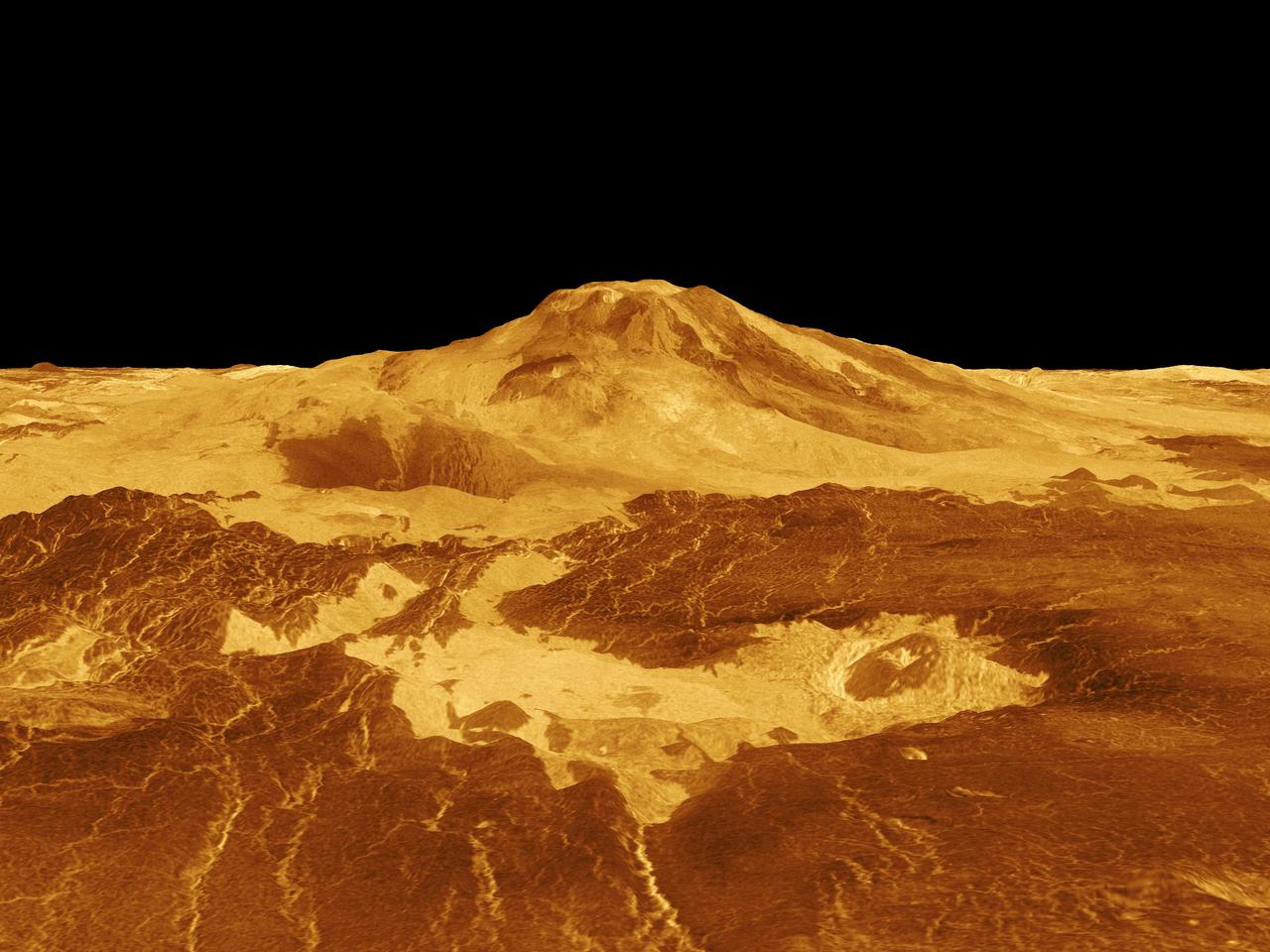
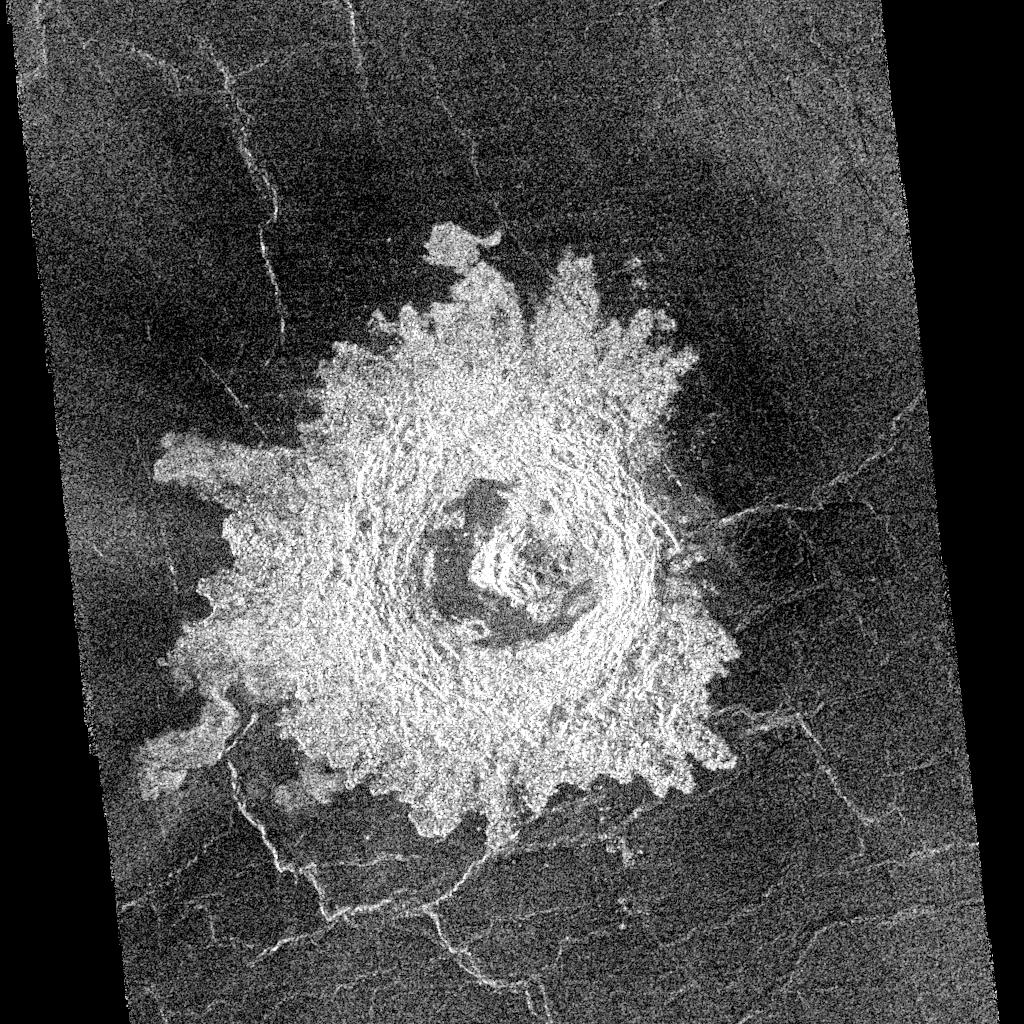
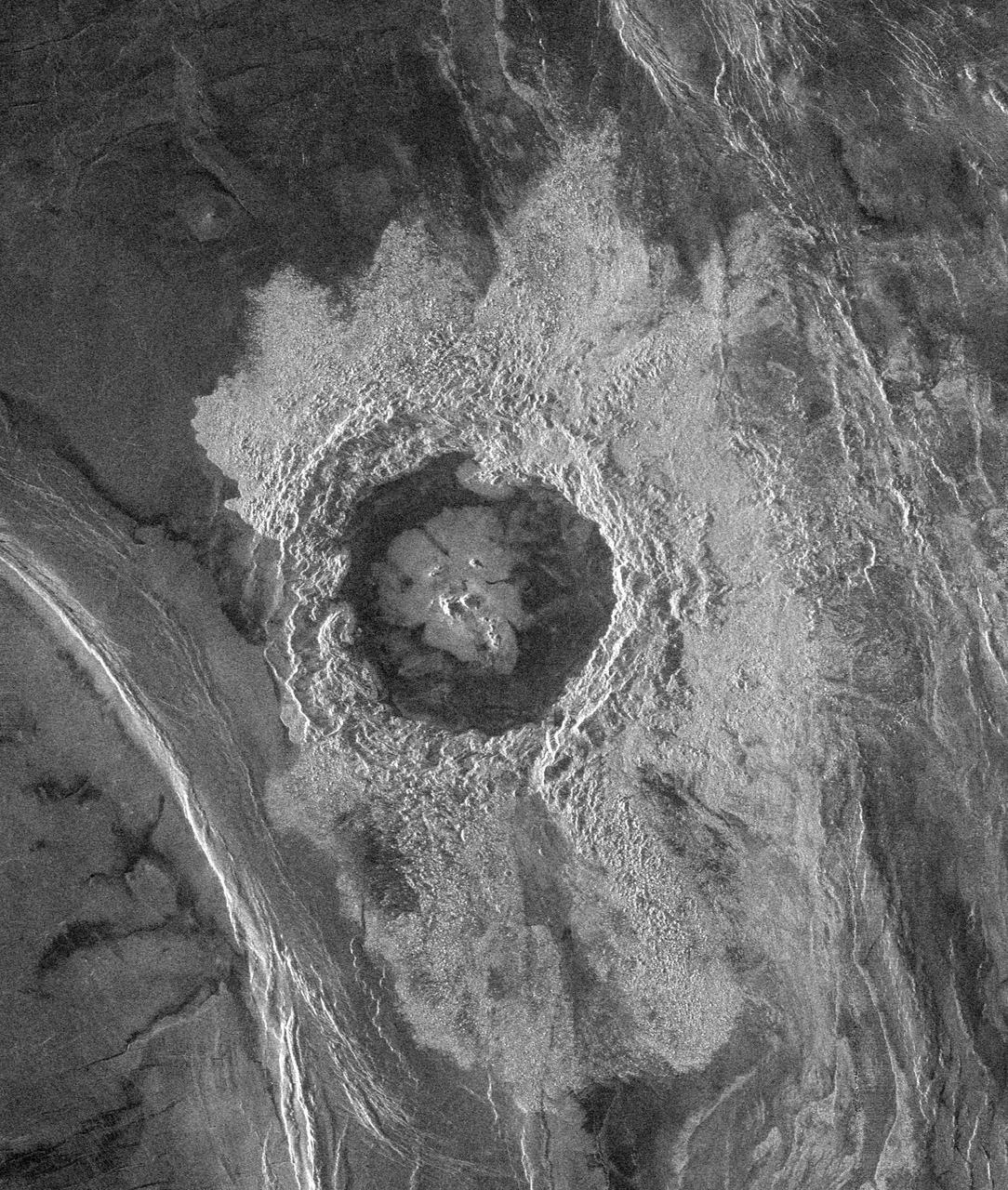
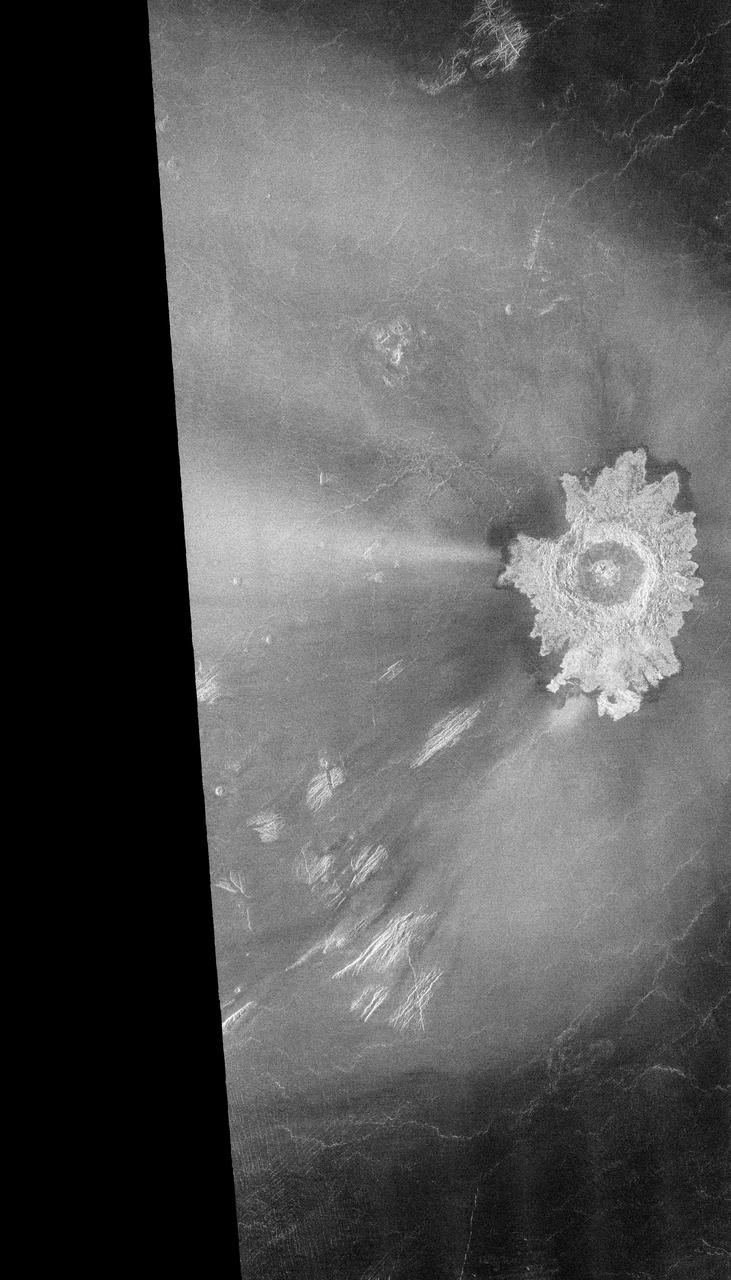
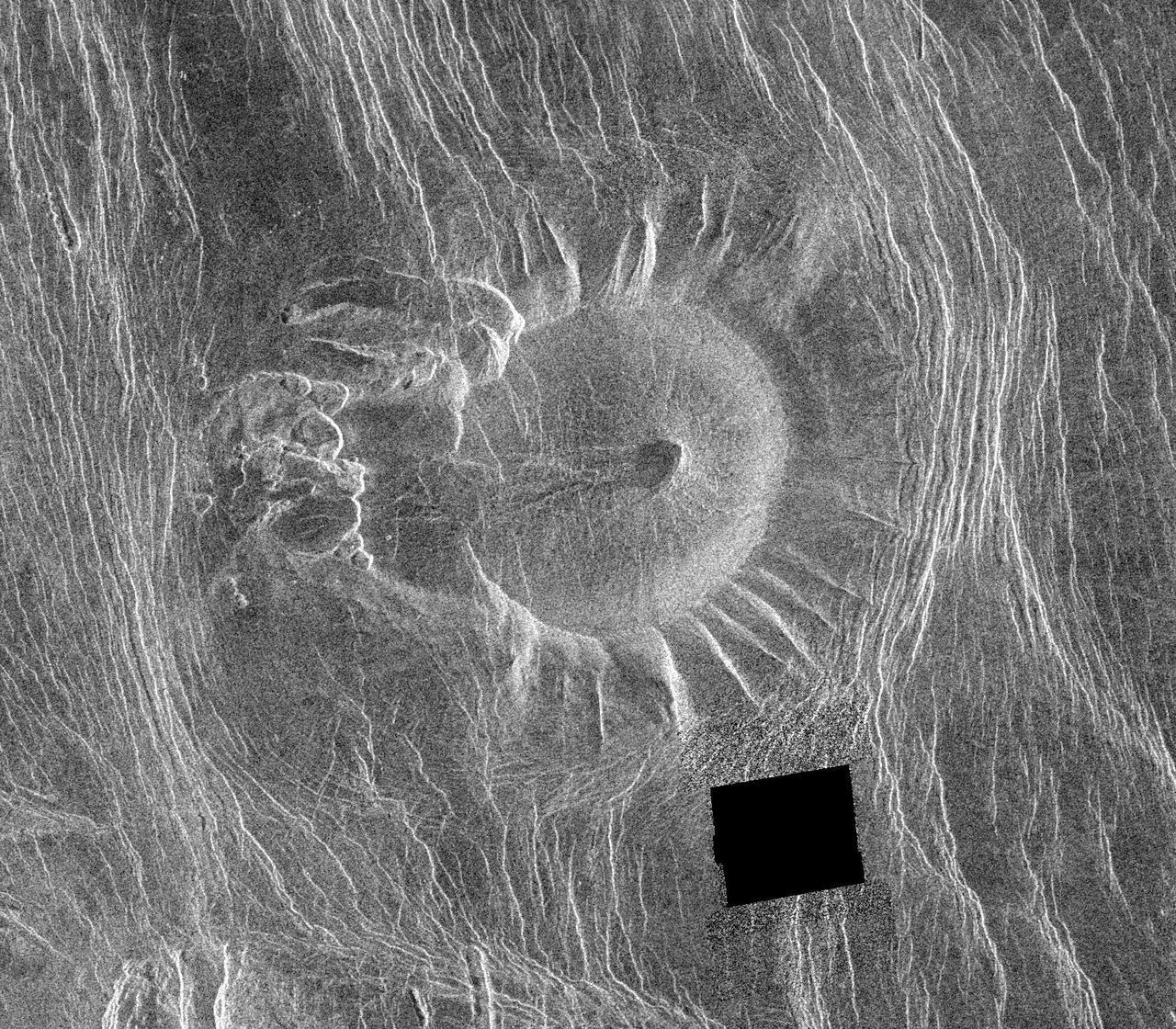
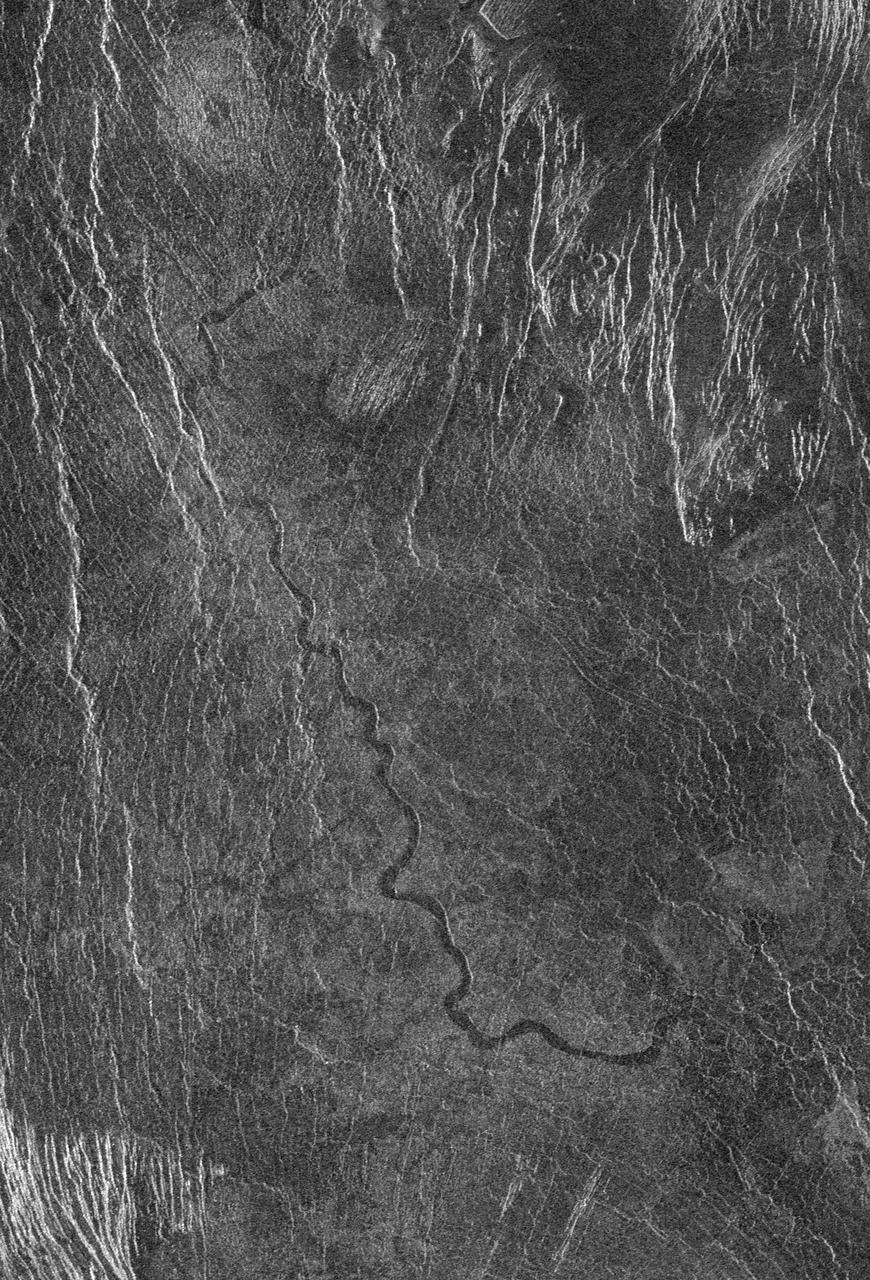
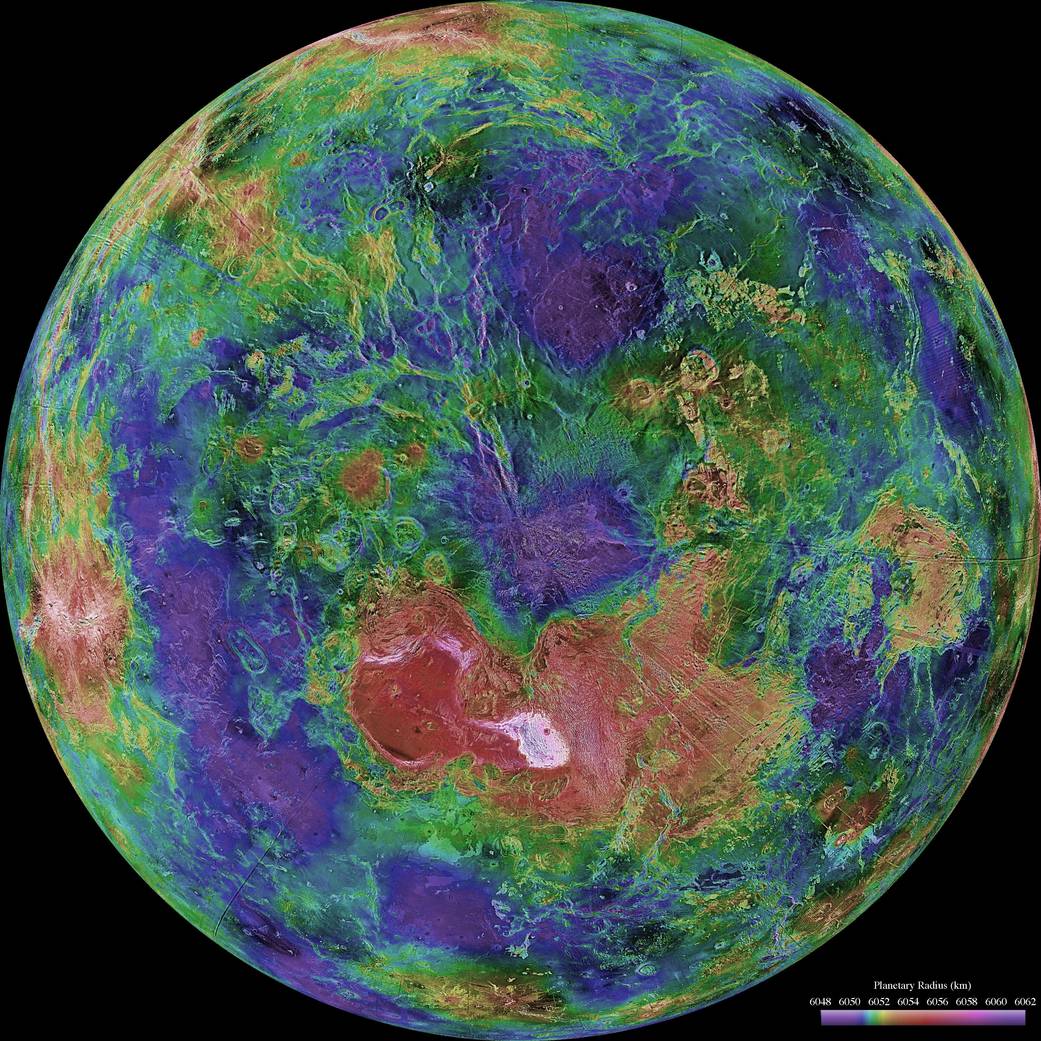
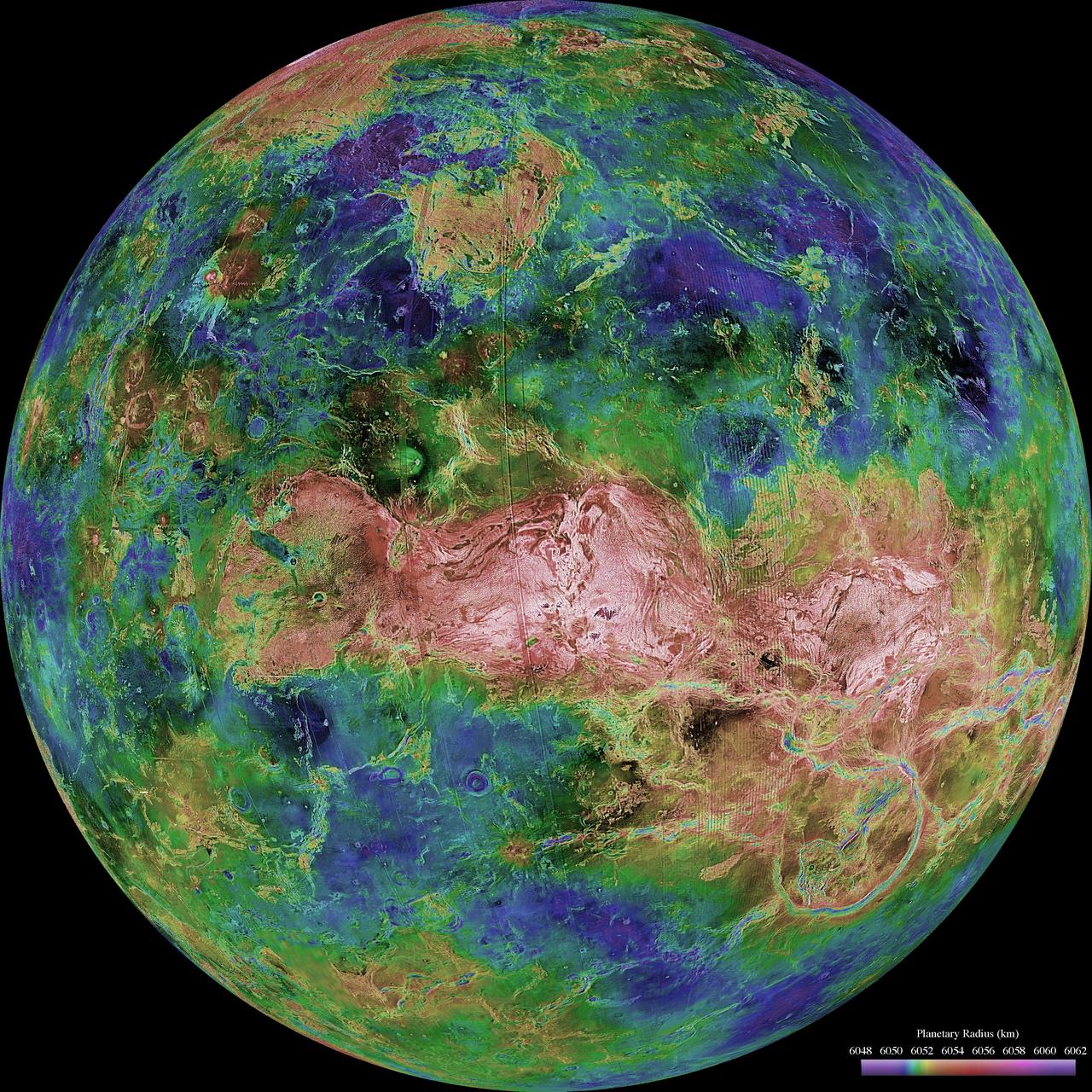
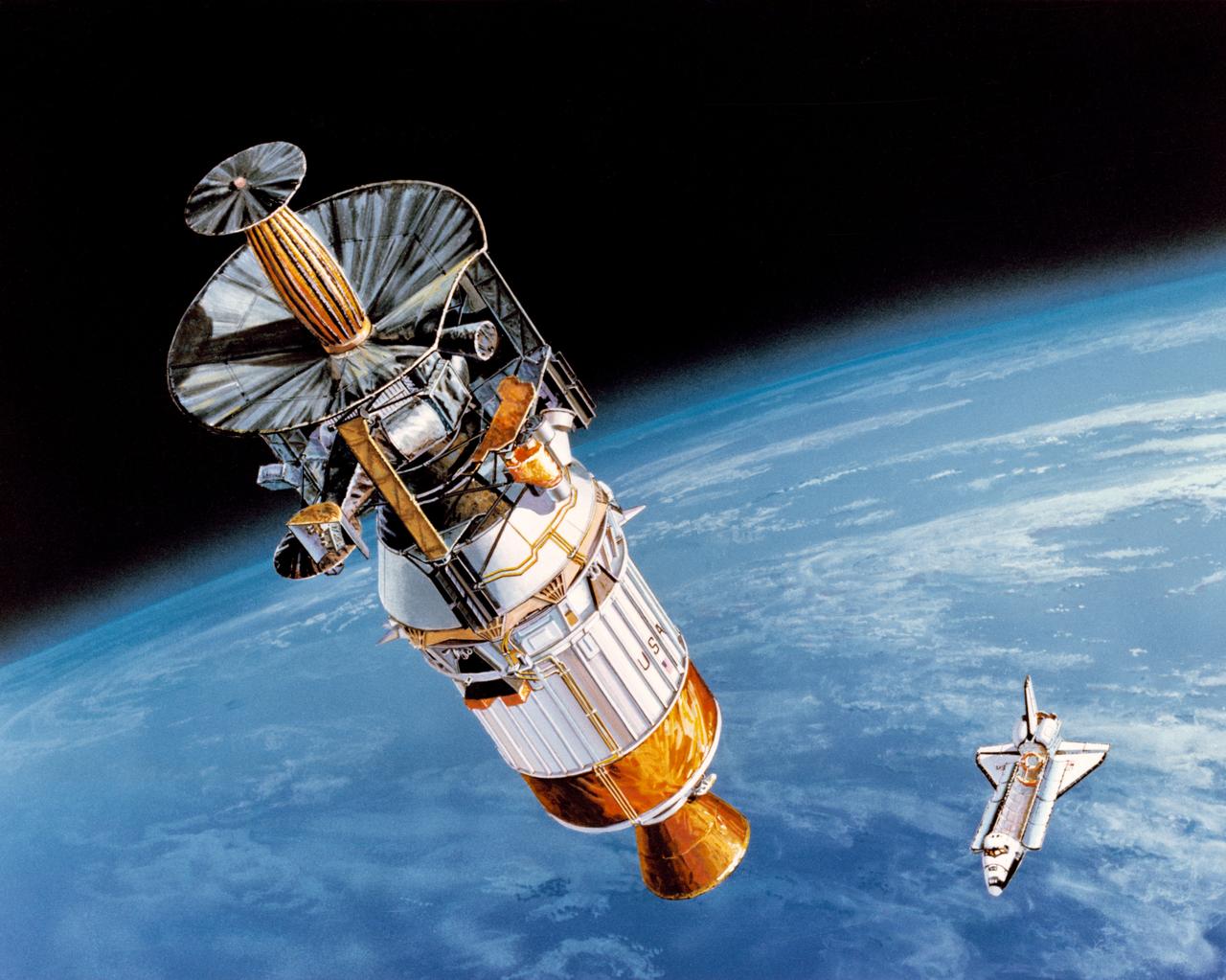
Mariner 2
First Encounter
Venus Transit
Cloudy Venus
Shuttle Launched Magellan
Surface of Venus
Mountains on Venus
Interesting Craters
Venus Impactor
Odd Craters
Spider Crater
Snakes on Venus
Venus Revealed
Naked Venus
Galileo Flybys Venus



















